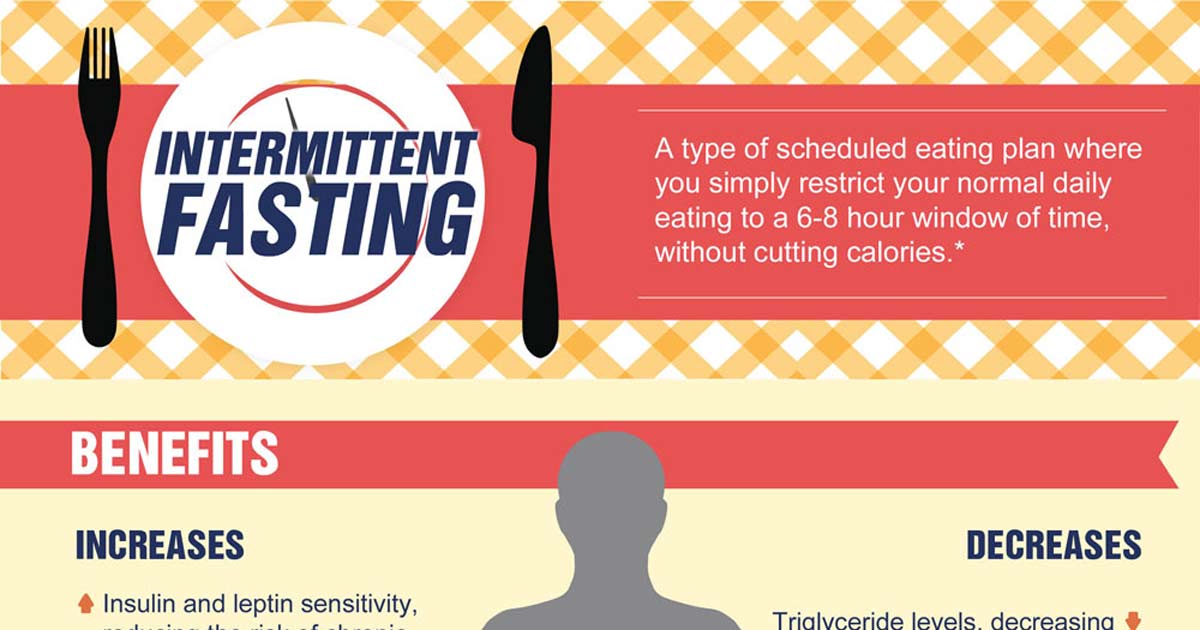Diabetes - Treating a Worldwide Pandemic with Hypnosis Therapy - Part I: The Problem
The incidence of diabetes, once a rare and obscure disease, has skyrocketed in the last twenty years and now afflicts tens of millions of Americans. While at one time experts attributed this increase to the increasing age of the American population, doctors are discovering that the disease is afflicting more and more children and young adults. And it is increasing exponentially in the rest of the world as it continues to emulate the lifestyle of the US. Diagnoses of diabetes are expanding worldwide at the phenomenal rate of a 50% increase every decade. Ironically, most physicians today already have a very good idea of those elements of the American lifestyle which create this epidemic. In a nutshell: refined sugars and carbohydrates and a sedentary lifestyle have been scientifically linked to this disease for years. In this article I will point out how these two factors lead to the disease. In the second I will describe some radical new methods that hypnotherapy can offer to help find the solution as an adjunct to medical treatment.
The facts of this disease are well known. In type One diabetes, often starting in youth, the body’s immune system, for reasons no one understands, simply destroys the islets within the pancreas that produce insulin, the hormone that helps all body cells to take in the primary food for cell energy, sugar. In type Two diabetes, the insulin produced by the pancreas may be reduced, but this is compounded by the cells of the body developing a resistance to this insulin, unable to accept the sugar that each molecule of insulin is trying to deliver. In both cases the cells of the body are starved of energy. But the accumulation of sugar in the blood is usually the most dangerous effect of diabetes, and the definitive diagnostic indicator of the disease. This excess sugar thickens the blood, and thus slowly breaks down the entire circulatory system. Even when blood sugar is controlled with insulin, this breakdown of the circulatory system seems to be an inevitable consequence of the disease process. Some of the many results of this breakdown include erectile dysfunction, heart disease, and stroke, amputation of the extremities, kidney failure, and blindness.
In my previous analyses of various endemic diseases I explored how the function of a particular organ in a healthy body gives clues to the cause of an illness within that body part. We discovered for example that the epidemic of breast cancer is connected to the failure of modern society to support the role of nursing in a woman’s life. The role of the pancreas is clearly about bringing sweetness into our bodies, helping us enjoy the energy of sugar. So we might guess that diabetes is a result of not enough sweetness in our lives. On the surface that analysis may seem counterintuitive, even wrong. After all, most people with diabetes are not short of sugar in their lives, indeed they are entirely too fond of sugary foods. In order to understand the real purpose of the Islets within the pancreas that produce insulin, we must examine the role of this critical organ in early human evolution:
Humans evolved as an upright walking ape at least three million years ago. As the world’s first upright primate, we were designed to walk and run many hours every day on long foraging journeys, digging up roots, climbing fruit trees, fighting off saber-toothed tigers, and carrying children. Humans have lived on vast African savannas, dense northern forests, and even on the icy tundra of ice age Europe. But rarely have we as a species enjoyed the sedentary lifestyle of a lion or the comfortable grazing of a cow. The Islets of our pancreas were designed to give us that lasting and sustainable energy that makes us upright apes uniquely active. Through the power of insulin based sugar metabolism, a small amount of sweet food could be stretched out to last for days of chasing game on the ancient savannas, or keeping warm in an arctic storm. With the help of insulin, some of the sugar could be allowed into the cell walls, while the rest was stored in the liver for later use. It was a great system for primitive humans!
But things are different now with the lifestyle Americans practice and which we are exporting to an eager world. We are eating huge quantities of food, including large amounts of refined sugar and carbohydrates like white flour which were entirely unknown to our ancestors. And even as our minds can travel into the infinite and captivating universe of television and the internet, our bodies are sinking into a sedentary pile that is the veritable symbol of modern domestic bliss: the couch potato. So while our blood stream is filled with the fuel of activity, our muscles have become so lazy they are no longer able to eat it! And this sedentary life finally causes our pancreas to give up. Perhaps we can imagine the energy plant operator that is in the islets of our pancreas just throwing up its hands in despair with the cry “I can’t manage this any more. I quit!” We can also imagine the bored cells of our body’s organs and muscles looking at the rich sugary broth in which they float, and saying, “I don’t care for any. I’m bored.”
An interesting research result bears out my theory. Doctors have found that the children of primitive hunters and farmers from the third world, whose pancreases are especially tuned to survival in the lean hardworking lifestyle of that world, are more prone than the rest of us to diabetes, when they adopt a western lifestyle. It seems their pancreases need more time to adjust than those of the rest of modern Americans, whose ancestors have had over a century to adapt to these new conditions. Keep in mind however, that diabetes is a growing epidemic even in white society, as we descend deeper every year into a culture of conspicuous consumption and sedentary entertainments.
So, how does hypnosis therapy help us solve this increasingly dangerous epidemic? First let me make clear that hypnosis cannot wave a magic wand to heal diabetes with some simple script or cute technique. Patients should continue to monitor their blood sugar and take their insulin according to their doctor’s advice, until their blood sugar tests normal for days in a row without injecting insulin. This is the way some of my clients have conquered diabetes. Medical advice should continue to be sought out well into recovery. Avoiding most processed sugars should also be a lifelong goal of all diabetics in my opinion even after their symptoms are in remission. But with those provisos in mind there is much that hypnosis therapy can do to help these problems. These methods will be covered in our next article
-
Fatloss4idiots - How To Lose Weight Effectively
If you have ever attempted to lose weight, you may realize how diff
-
Taking Control Of Your Subconscious For Permanent Weight Loss
From the moment of birth your first emotional experiences establish yo
-
What the latest diet trial really means
Any diet that helps you take in fewer calories will help you sh
-
Alcohol and Weight Loss
I think most people know on some level that drinking alcohol when y
-
Worst Things to Say To Someone Trying to Lose Weight
V
-
Shaving Advice And Best Brands For The Best Shave - Truefitt And Hill, Taylor Of Old Bond Street
Most of us probably dont visit the barbers for a shave or manicure, bu
- DON'T MISS
- Weight Loss Tips � Right Ways To Lose Weight
- A Simple Change In Mindset Will Burn More Fat Fast
- Natural Herbal Weight Loss Supplements - Best Tips To Follow When Trying To Lose Excess Fat
- Timing of food is everything for weight loss: Why you should eat dessert at breakfast
- Scientists Are Racing To Release An Obesity Vaccine To Fight The Global Threat
- Water Is The Secret To Weight Loss
- A Couple Tips To Melt Fat Permanently And Effectively At Home
- A Quick Guide To The Advantages Of Fenphedra Xtreme
- Lose Weight To Sleep Better
- If You Had These 3 Habits Your Weight Loss Would Be Effortless




